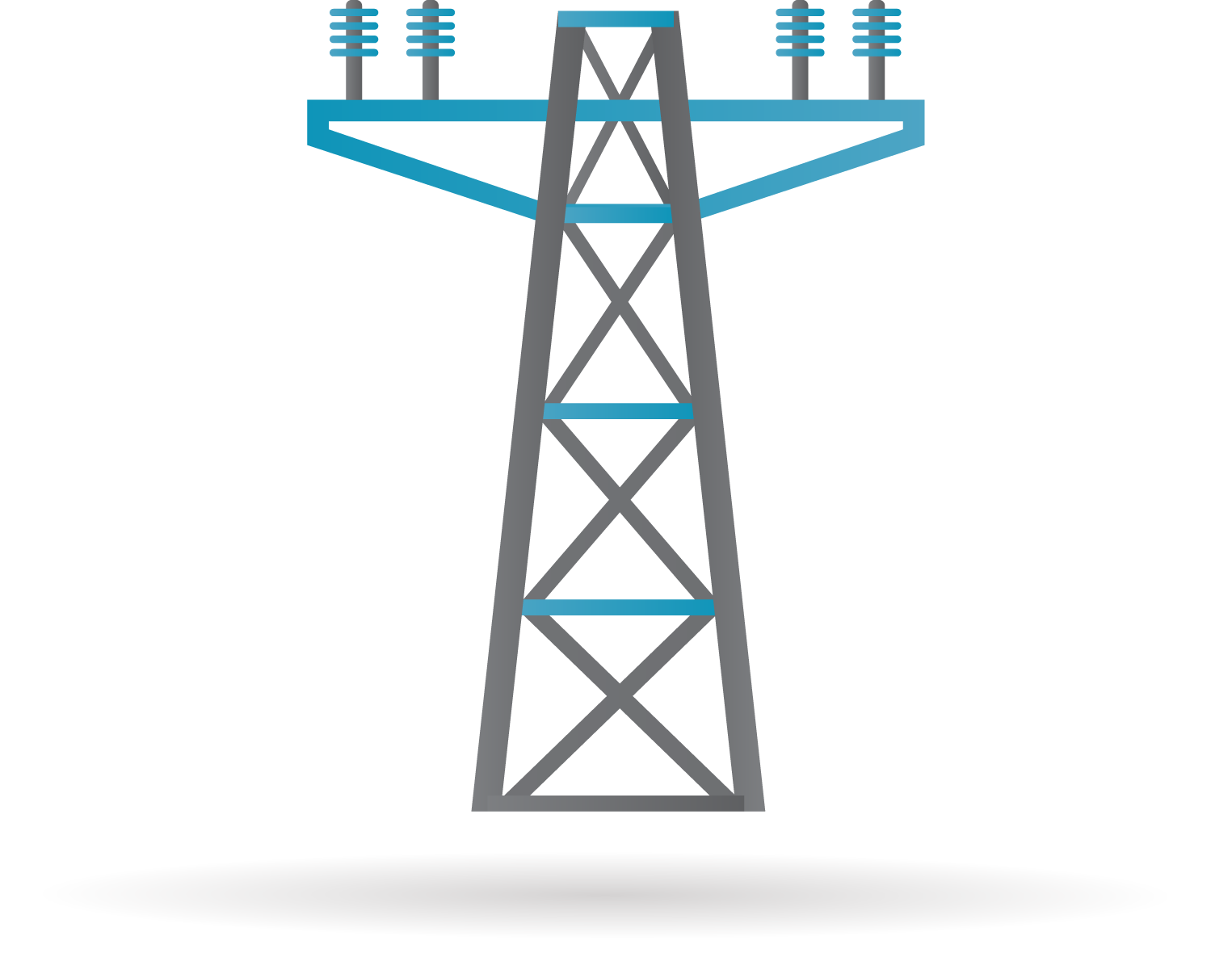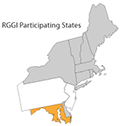2015 Air & Radiation Management Administration Accomplishments
Main_Content
Access denied. You do not have permission to perform this action or access this resource.
Access denied. You do not have permission to perform this action or access this resource.
(Hidden) CEWP - Script and Styles
Highlights

A new, more protective ozone standard was adopted in 2015 to provide better health protection
|

Maryland continues to reduce SO2 emissions from power generation
|

Maryland is now measuring particle pollution levels below the federal standard.
|

Maryland is on track to meet the 2020 GHG emissions reduction goals
|

The Regional Greenhouse Gas Initiative is a multi-state effort to reduce greenhouse gas emissions from power generators
|

In 2015 Maryland adopted more stringent NOx regulations to further clean our air.
|
Air and Radiation Administration Programs
The Ambient Air Monitoring Program measures ground-level concentrations of criteria pollutants and air toxics, along with surface and aloft meteorological parameters. The Program also performs quality control, quality assurance, and analysis of the pollutant concentrations that are measured at each of the air monitoring stations located throughout Maryland. It is responsible for Air Quality Index (AQI) reporting and issuing daily air quality forecasts as well as coordination of 3D air-shed photochemical grid and dispersion modeling.
|
Maryland's Air Quality Planning Program (AQPP) writes state implementation plans and regulations to reduce emissions and achieve the National Ambient Air Quality Standards (NAAQS) for six "criteria" air pollutants: ground-level ozone, particulate matter, lead, carbon monoxide, nitrogen dioxide, and sulfur dioxide. The AQPP also implements federal, regional, local, and state greenhouse gas emissions reduction programs.
|
Maryland is on pace to meet the greenhouse gas emissions reductions required under State law while benefiting from billions of dollars in economic growth, but continued progress will be needed to minimize the effects of climate change while continuing to create jobs, a new Maryland Department of the Environment report states.
|
Mobile Sources include a variety of vehicles, engines, and equipment that generate air pollution, and that move or can be moved from place to place. The Mobile Sources Control Program implements programming to reduce motor vehicle related pollution.
|
The Air Quality Compliance Program works to ensure compliance at stationary sources of air pollution. The Compliance staff conducts inspections, responds to complaints, provides compliance assistance and pursues enforcement actions when necessary.
|
The Radiological Health Program (RHP) is mandated by Title 8: "Radiation" of the Annotated Code of Maryland, Environment Article, to control the uses of radiation and to protect public health and safety and the environment from inadvertent and unnecessary radiation exposure. This is accomplished through registration and certification of radiation (x-ray) machines, licensing of radioactive materials, inspections, and enforcement actions, where required, to ensure regulatory compliance.
|
